Head to Head: Mac OS X 10.7 Lion vs Windows 7
The eternal question: which is better, Windows or Mac OS? With the release of a new Mac OS, 10.7 Lion, David Ludlow takes another look at this age-old debate.
User Management
The one thing that's clear about Windows 7, and previous versions of Windows, is that it's designed to be used in corporate environments and managed centrally. Add a Windows 7 computer to a domain and the administrators can completely lock it down using the Group Policy Editor, centrally manage permissions to network resources and even remote install software.
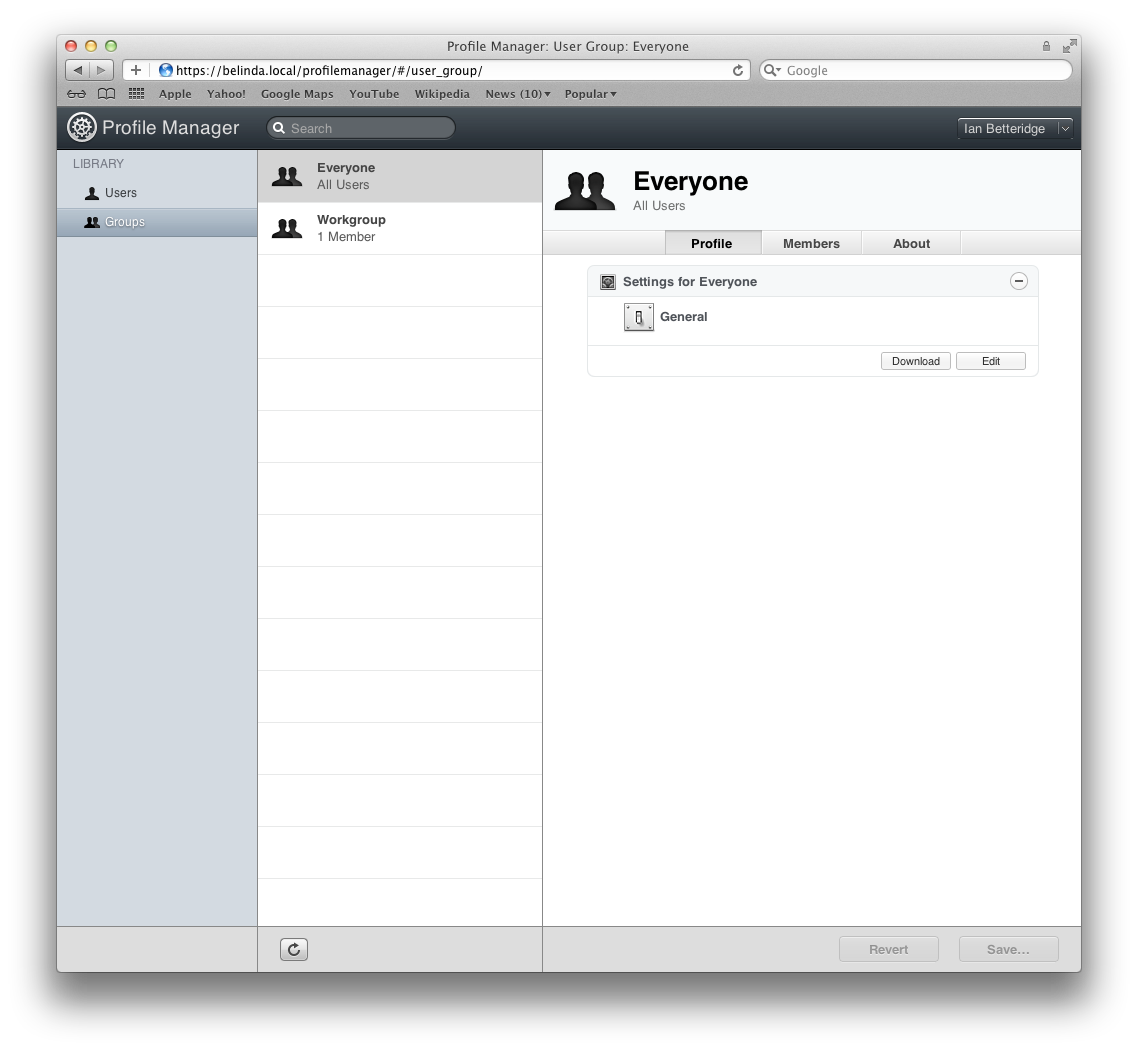
If you want to lock down your client versions of Lion, you'll need the Server edition of 10.7 and its Profile Manager feature.
In its default state, domain users only have restricted use of the computer that prevents them from messing with settings and installing new applications. It's a reliable and rugged system that's been refined and developed over the years.
Windows allows for some flexibility in the way it works. Domain users can be added to the local administrators group of a PC. This way, a user can be given rights to their own computer, but prevented from logging on to another computer and changing settings and installing applications on that computer. With Windows Server 2008, updates to the OS can be downloaded centrally and distributed over the network, saving bandwidth in the process.
By comparison, while Apple computers can be added to a Windows domain, there's not the same level of control that you get with a Windows computer. Domain users can be restricted in what they can do, but security isn't as good as with Windows. So, a restricted user may not be able to install an app to the Applications folder, but they can usually just drag and drop an application package into a folder they do have access to - completely bypassing security.
OS X Lion Server can help improve the situation. It's a simple upgrade to an existing Lion computer that costs just 35 and gives administrators more control over the Apple computers connected to the network. Of key interest is the Profile Manager, which restricts what Apple users can and can't do on their computers. It's effectively the Mac equivalent of the Group Policy Manager and gives administrators that extra control that's missing. In other regards, OS X Lion Server is a little bit too simplistic for many environments, particularly as there's no rack-mountable hardware available. As a result, a large organisation may just want one or two Lion servers for Profile Manager.
Sign up today and you will receive a free copy of our Future Focus 2025 report - the leading guidance on AI, cybersecurity and other IT challenges as per 700+ senior executives
-
 Trump's AI executive order could leave US in a 'regulatory vacuum'
Trump's AI executive order could leave US in a 'regulatory vacuum'News Citing a "patchwork of 50 different regulatory regimes" and "ideological bias", President Trump wants rules to be set at a federal level
-
 TPUs: Google's home advantage
TPUs: Google's home advantageITPro Podcast How does TPU v7 stack up against Nvidia's latest chips – and can Google scale AI using only its own supply?
-
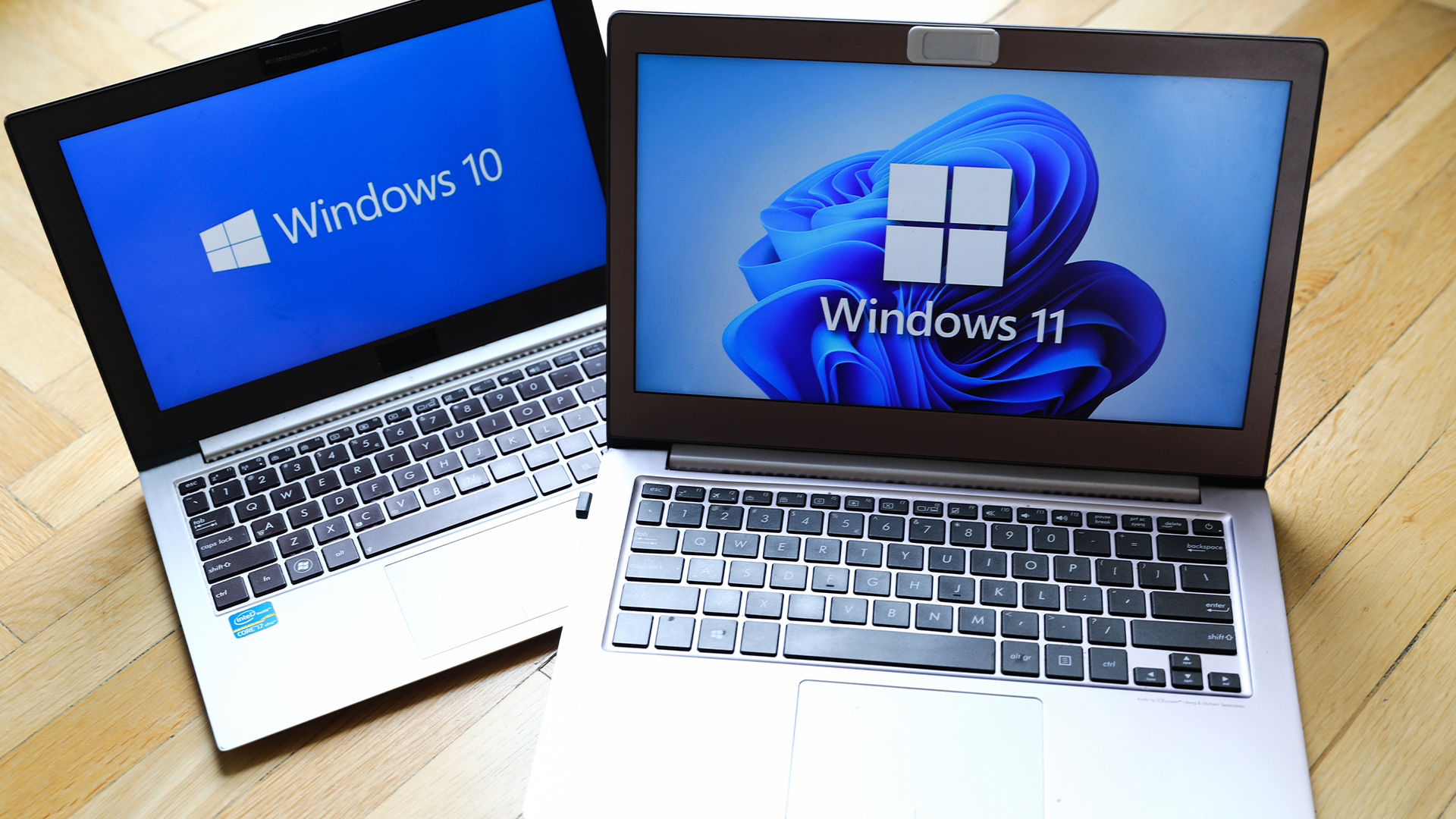 Windows 10 extended support costs could top $7 billion
Windows 10 extended support costs could top $7 billionNews Enterprises sticking with Windows 10 after the October deadline face huge costs
-
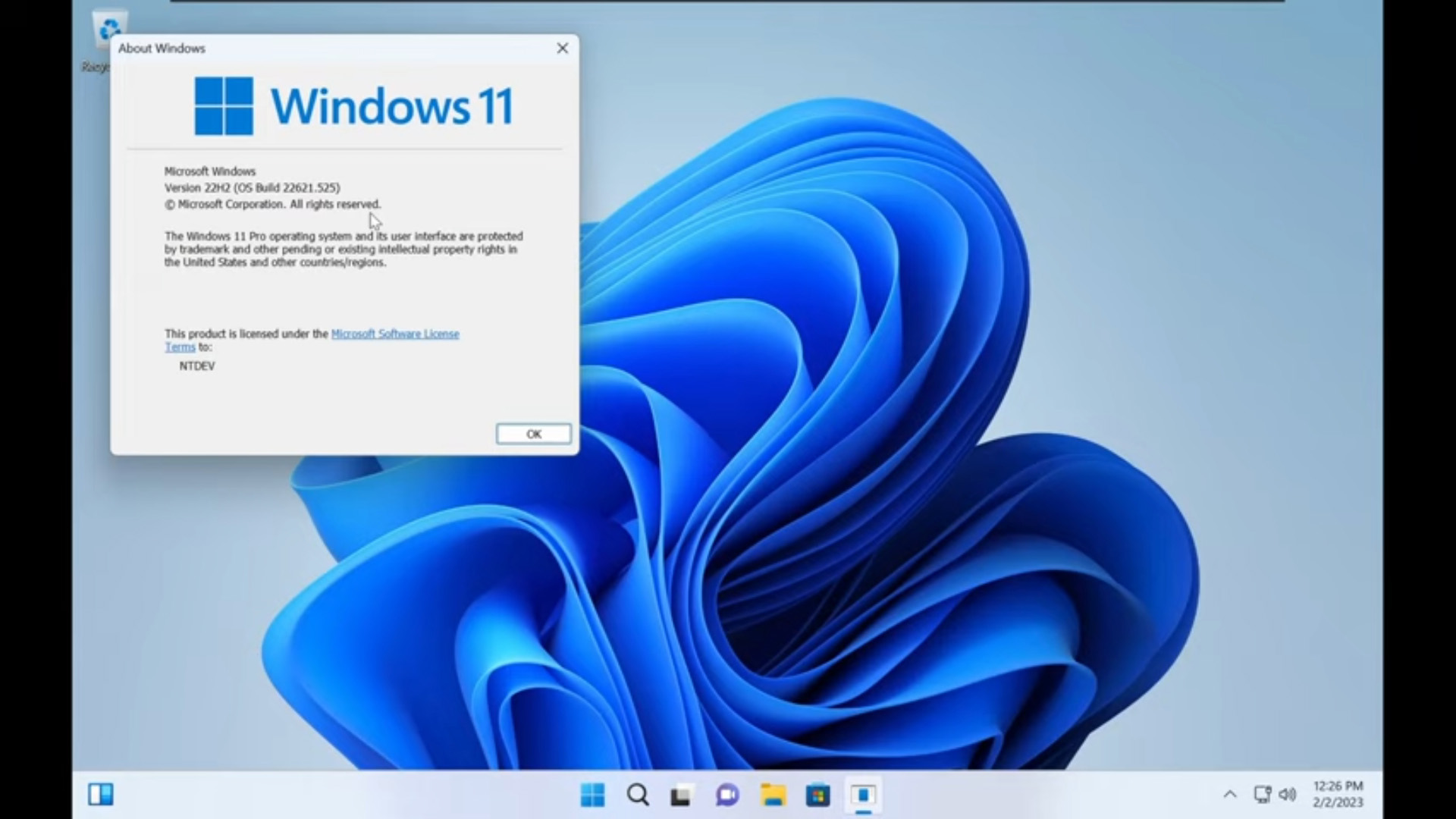 Tiny11 review: Windows 11 with only 2GB of RAM
Tiny11 review: Windows 11 with only 2GB of RAMReview A version of Windows 11 for older machines that don't meet the full requirements
-
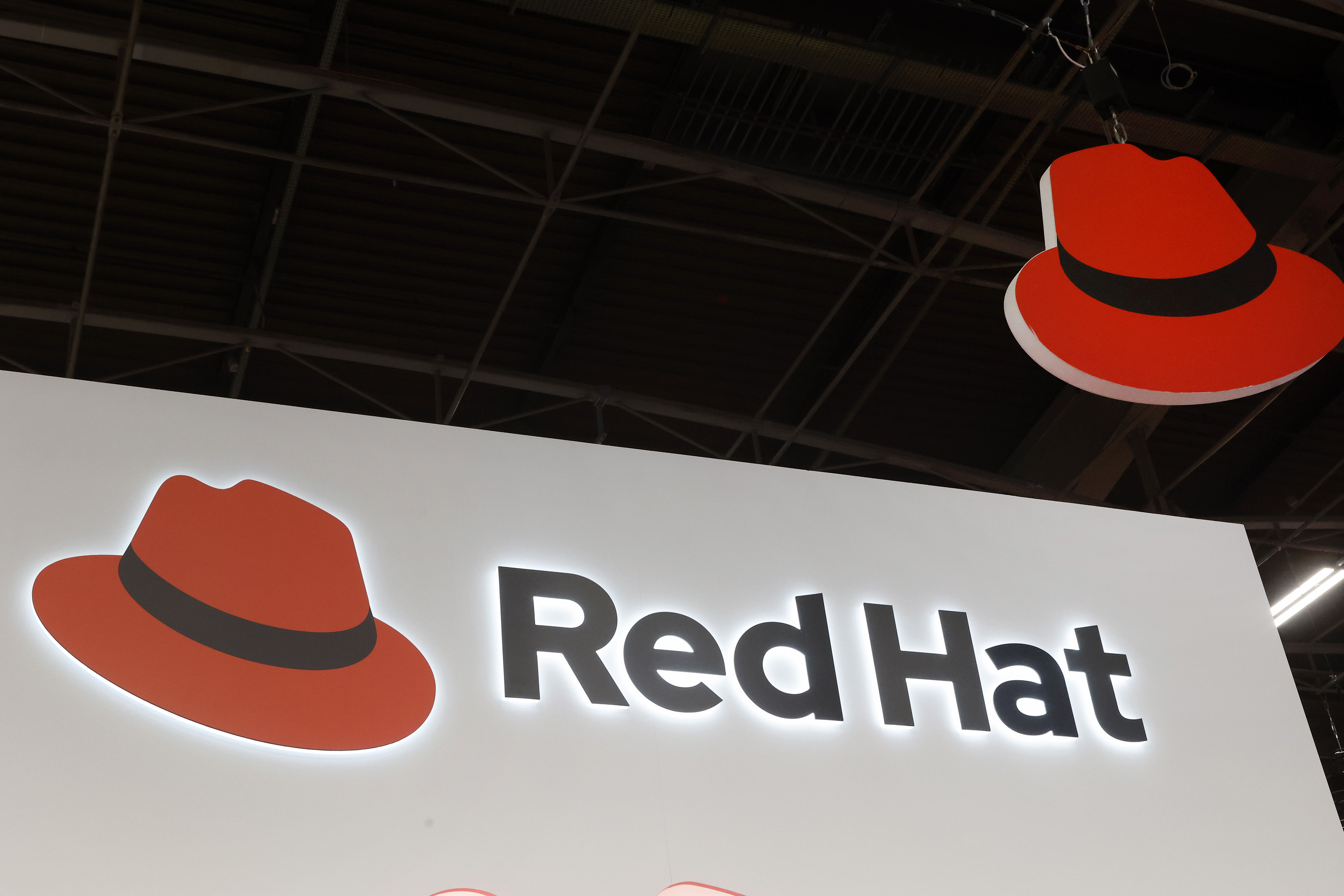 Red Hat Enterprise Linux becomes foundational operating system for Cohesity Data Cloud
Red Hat Enterprise Linux becomes foundational operating system for Cohesity Data CloudNews New strategic partnership between Red Hat and Cohesity aims to drive innovation in the data security and management space
-
 Ubuntu shifts to four-week update cycle
Ubuntu shifts to four-week update cycleNews Critical fixes will also come every two weeks, mitigating the issues involved with releasing prompt patches on the old three-week cadence
-
 AlmaLinux follows Oracle in ditching RHEL compatibility
AlmaLinux follows Oracle in ditching RHEL compatibilityNews Application binary compatibility is now the aim with 1:1 now dropped
-
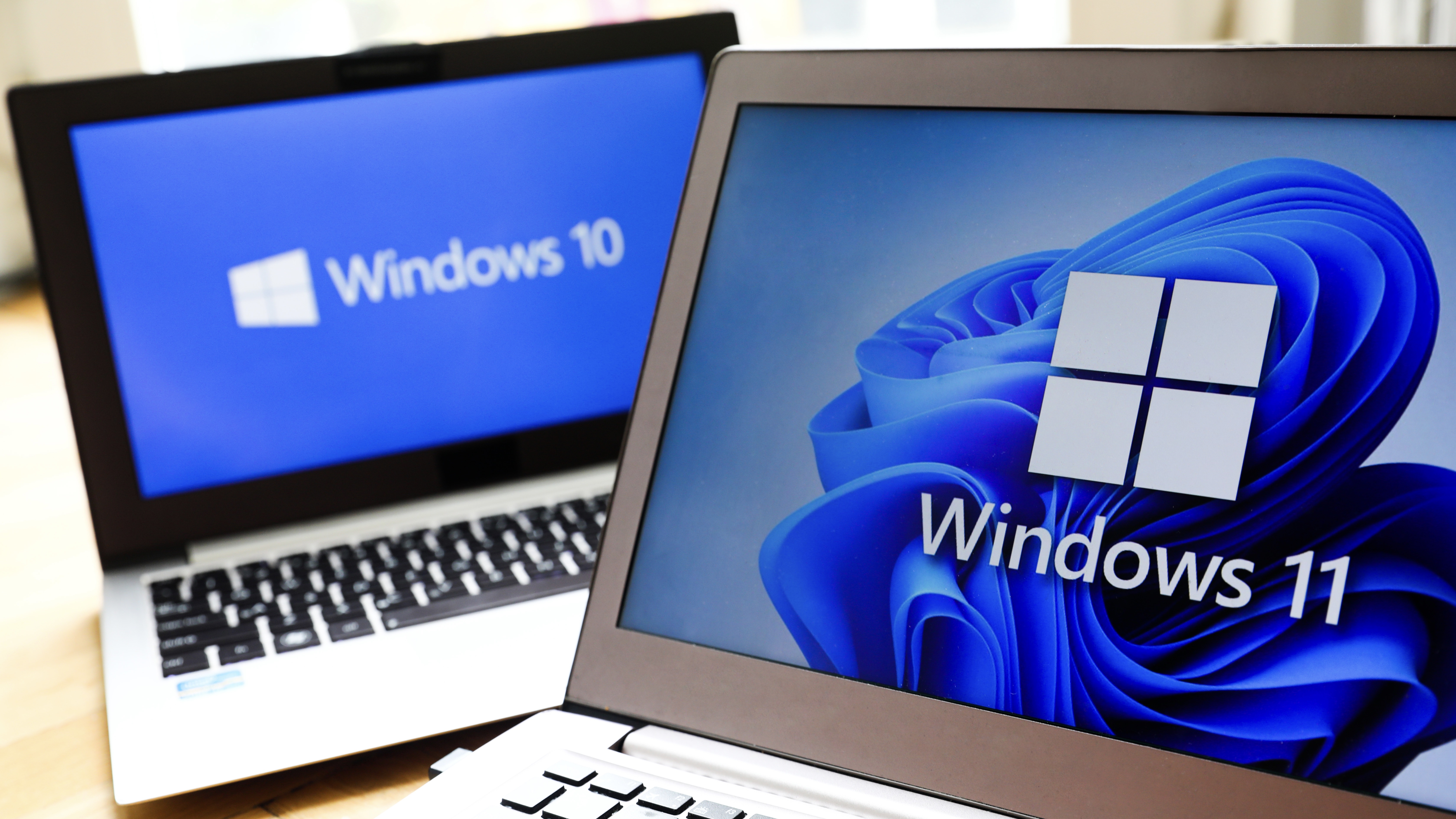 How big is the Windows 10 cliff-edge?
How big is the Windows 10 cliff-edge?ITPro Network With some comparing the upcoming Windows 10 end of life to Windows XP, we ask members of the ITPro Network for their insight
-
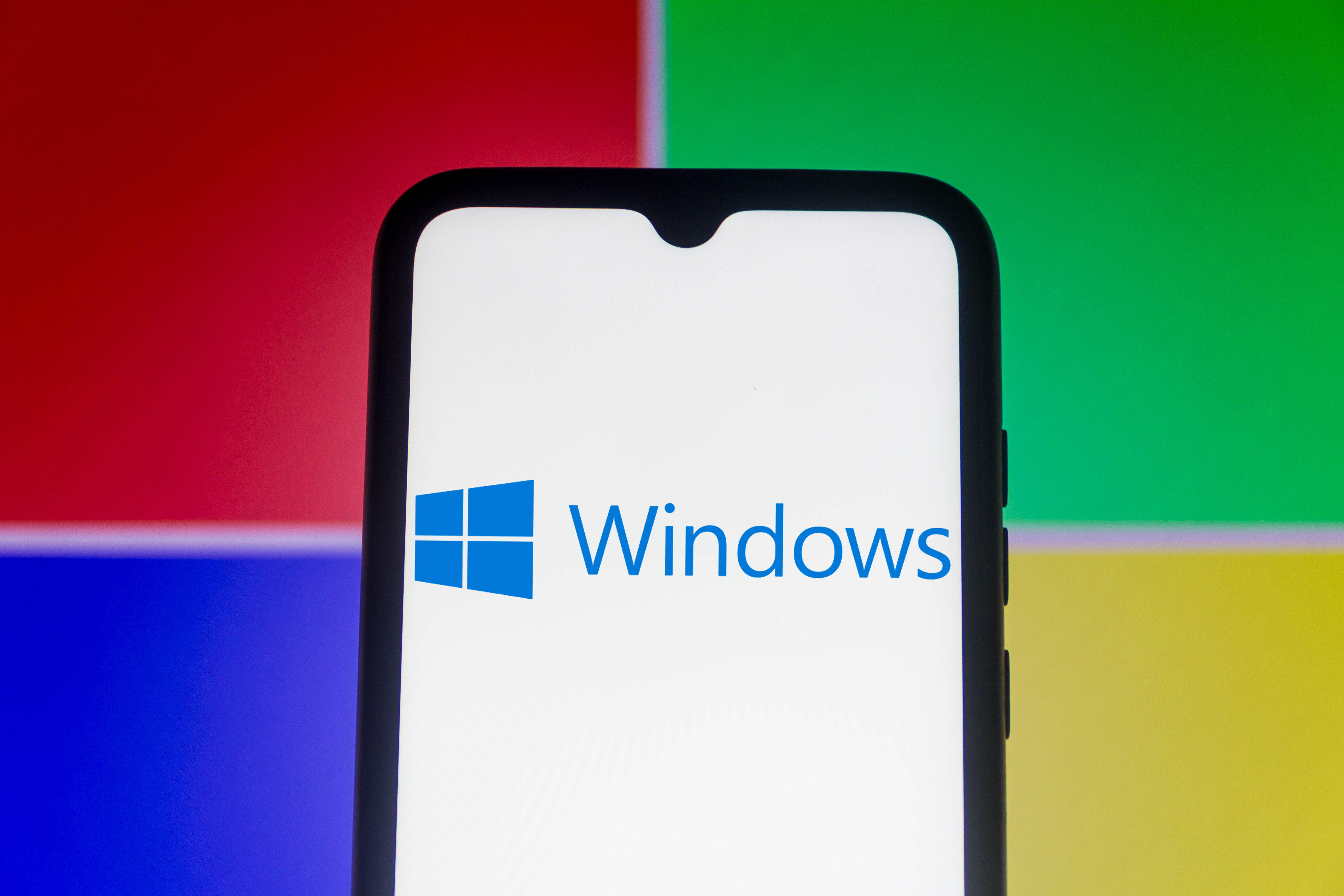 Everything you need to know about the latest Windows 11 updates - from bug fixes to brand-new features
Everything you need to know about the latest Windows 11 updates - from bug fixes to brand-new featuresNews Two new cumulative updates are on the way and will be installed automatically on Windows 10 and Windows 11 machines
-
 How to download a Windows 11 ISO file and perform a clean install
How to download a Windows 11 ISO file and perform a clean installTutorial Use a Windows 11 ISO to install the operating system afresh